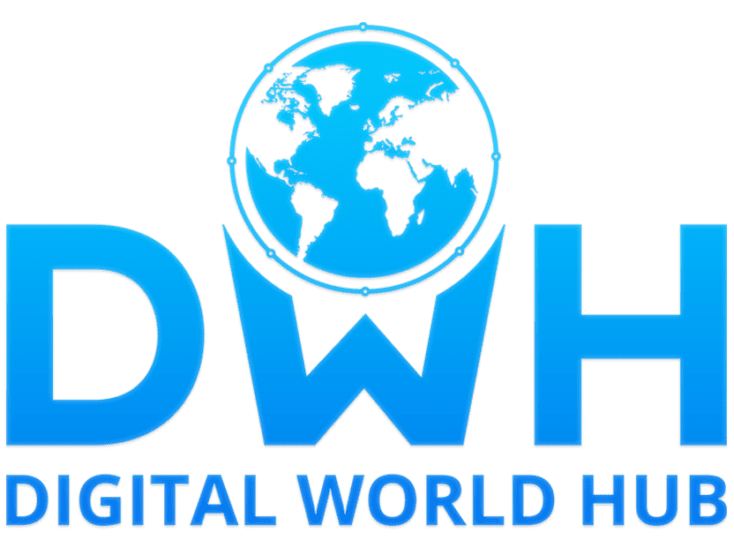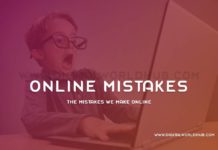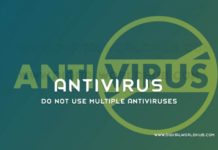Planning Grants for Dental Oral And Craniofacial Tissue Regeneration Consortium Resource Centers
There is an ability. The ability to and regenerate. oral and craniofacial tissues through the tissue engineering. as the strategy is to regenerate medicine for clinicians. as technology has shown some evidence. there are some who have made it to the doctors.as there are some key factors.

Which includes the development of technology. The clinical context. Use of animal models lacking clinical relevance. There will be some inability to prove a superior lack. Of the outcome of the care as there will be superior. lack of functional outcome against a standard of care and lack of a large dental. And the craniofacial presence in the biotech and pharmaceutical industries.
To come above these type of limitation will develop resources and ideas.
The ideas of innovative tissue engineering and regenerative. medicine technologies in the DOC space. The National Institutes of Health (NIDCR) established the DOCTORS Program. To overcome this thing and develop things. Also to advance translation of innovative tissue. engineering and regenerative medicine technologies in the DOC space.

Stands for National Institutes of Health (NIDCR) established the DOCTORS Program. The DOCTORS program involves the doctors from the beginning of technology. development and aimed at. Developing resources and strategies for regenerating DOC tissues.
The second stage of this program launched and two national resource centers established. The Michigan-Pittsburgh-Wyss Resource Center and the Center for Dental. Oral, and Craniofacial Tissue and Organ Regeneration. AADR stands for American Association for Dental Research.
Which holds with a conjunction. the system titled the Dental Oral Craniofacial Tissue Regeneration Consortia: A New Paradigm. The AADR/CADR Annual Meeting is in Fort Lauderdale, Fla. The USA from March 21-24, 2018. there is great example of-of collaboration. Christine Gulbranson said I can’t wait to see how doctor’s innovations improve lives.
























